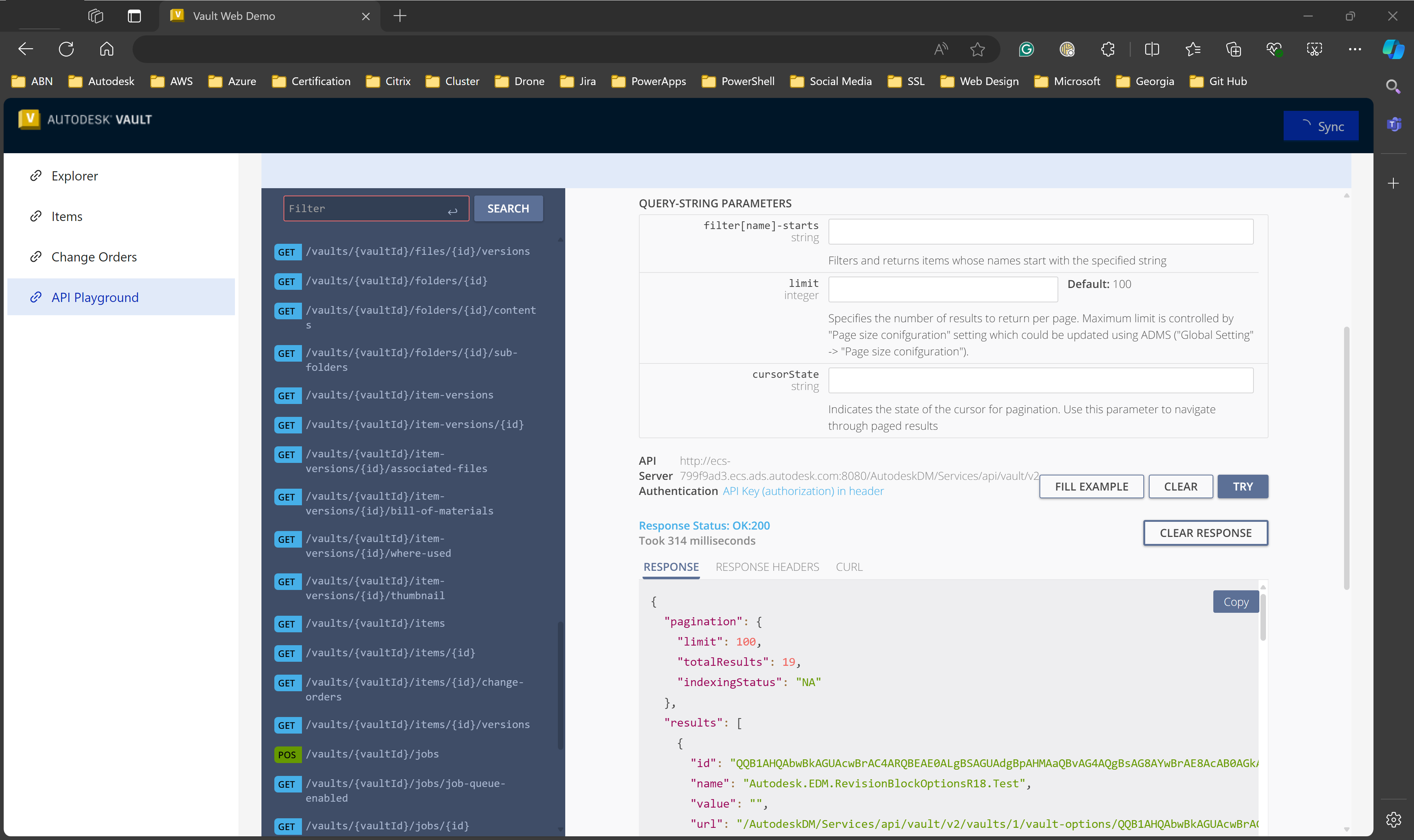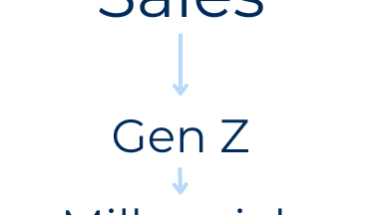Did you know Autodesk Vault connects to cloud-based technology?

The digital transformation of engineering workflows can get complex. An obvious example is when a manufacturer’s legacy technology must be integrated within an organization’s new cloud-based engineering platform. These systems may not be compatible out of the gate. There are other hurdles; for example, consider an aerospace company with government contracts. For national security, they may be restricted from storing data on the cloud. Meanwhile, another company’s in-house software may be unable to function with data on the cloud.
Cloud-based engineering platforms exist, and most offer the ability to transfer whole product lifecycle workflows — from design, to manufacturing and beyond — into a single ecosystem. For many organizations, these platforms offer a great method to implement a digital transformation — but they are not for every company.
“We need to meet our customers where they are,” says Philip Lord, business strategy manager at Autodesk. “We are building a complete platform for design and make, but we don’t expect our customers to adopt it all at once. We’re providing flexibility to connect systems they’re using to bring them along with future platform capabilities. One of the biggest barriers of digital transformation is connecting data across different silos and workflows. That’s why we’ve released Vault APIs, to help customers bridge those different data silos.”
The end goal of Autodesk Vault APIs is to provide every user with the data and information they need to succeed — but within their tools and systems of choice. This makes the implementation of that data — and using it to make better, informed decisions — more natural.
Creating a tailored data management and communication system
Irvin Hayes, Jr., Vault product manager at Autodesk explains that most of the day-to-day data engineers interact with are catered to their specific function. Consider a CAD file; many engineers working in various tools will need much of the information within the geometry file — but they may not need all the information. Meanwhile, not everyone in a product development cycle has a technical background. For example, marketers may lack the need or authorization to access the CAD files. However, they are sure to need some of the information inside the file.
“The challenge,” Hayes proposes, “is how do I get this information out to those users to make some really good decisions outside of engineering?” He notes the importance of providing the right data, in the right way, to these users for several reasons. First, it reduces the chance of overloading users with information. Second, users gain a proper understanding of the project’s status, reducing errors and rework. Third, it eliminates the chance of users making decisions based on outdated information. Next, it ensures users have most of the information they need as they need it. And finally, if the user still needs more information, it is only a search away.
Using Autodesk Vault APIs, a company can build this proposed, tailored data management and communication system to fit its specific needs. Consider an organization using Autodesk Vault to store confidential CAD data locally. However, that organization may also use Autodesk Platform Services to perform other tasks, such as project management.
“We need to make sure that those who still need an on-premise solution — for various reasons — can still connect to that platform to get the availability of other services we offer,” says Hayes. “That’s what we’re looking for here with the APIs because we still have those customers. They love what we’re doing on our platform services, but they still need Vault’s on-premise solution.”

Once again, consider a CAD file located in Autodesk Vault. Cloud tools don’t need access to the full 3D model to track when a task is completed. By using Autodesk Vault API, the two systems can communicate bi-directionally. This enables a single source of truth and seamless integration, all while keeping IP behind firewalls.
“Vault helps you keep all this data in one location for a particular set of users, groups, and tools,” says Hayes. “It helps to make sure that data is reused and, if possible, limits the amount of outdated information … Since you can see that information, you also hope to decrease the number of reworked designs and duplicated data.”
The possibilities unlocked with Autodesk Vault APIs
While on the topic of data accessibility, it is essential to note that for many organizations engineering data and product geometry is notoriously hard to find. However, these challenges can also be solved using Vault APIs.
“The APIs have login and search capabilities that pull data for reading purposes,” says Hayes. “The APIs are designed to help the developer or user input what they want to find … and then retrieve the right information.”
Another use case for Vault API is that it can help non-technical decision-makers access information that would be hard for them to interact with — unless they underwent significant training. This is important when these individuals are required for the review process but lack the technical training to access engineering data.
“Using the APIs, you could expose the review process to, let’s say, Microsoft Teams as an example,” says Hayes. People on “Microsoft Teams would get a view of the information or the model that’s being proposed. They can markup that information and send it back to the designer. Suppose there are things to change if a design is approved, and various other information can be shared this way. The reviewer doesn’t need to be a Vault user or have knowledge of Vault. They can stay in the tool they are familiar with — in this case, Microsoft Teams.”
APIs can also be used by an organization to produce in-house software tools, automation and workflows. Lord notes that this means that third-party companies, Autodesk users, and Autodesk partners can create customized applications that run alongside their Autodesk tools.
Using Vault APIs, companies can also add legacy tools and software to a digital transformation. This is because the APIs connect data across systems to form a digital thread. Most organizations that undergo a digital transformation do so in stages and inevitably end up with disparate systems from various developers. It’s unlikely that companies will be able to let go of all those systems on day one in favor of a whole platform. In this scenario, it’s reasonable to implement digital threads via APIs to ensure that all these disparate systems can communicate bi-directionally and produce a single source of truth.
“It’s more of a middle ground,” notes Lord. “Our strategy is to really bring a lot of disciplines of designing and manufacturing into one platform. But we can’t bring an entire company’s functions and operations into one platform. We recognize we’re going to exist with other platforms … in a multi-platform ecosystem within a customer’s architecture. This is why connectivity and extensibility of the platform are so important to us. So, Vault with APIs, for example, plays a part in connecting to other platforms.”
Finally, consider one system receiving a software update from its vendor. The company using that system may need to update its digital threads to ensure the new update is compatible with the rest of their tailored ecosystem. Autodesk provides many ways to simplify this maintenance via Vault API. One example is that Vault API is based on Rest API, which is optimized for cloud connectivity and data gathering. As a result, Hayes explains that it will need less maintenance than other manually maintained digital threads systems. Additionally, many of Autodesk’s tools have built-in methods to communicate bi-directionally without the use of API.
When tailored data management systems are necessary
The attractive nature of a single design and make platform is that organizations hope to ‘hit-the-easy-button’ and walk away with a full digital transformation of their workflows, processes and products. But as Lord and Hayes point out above, the adoption of a whole platform is more of a journey.
Though Vault API addresses many of the challenges associated with digital transformation, the journey to implement it is a phased process. Organizations have invested significantly in in-house programming and IT expertise; the phased approach allows them to gradually transition to a complete platform and update in-house systems as needed. Additionally, it enables companies to connect data and processes that must remain outside of a cloud-based platform — for those organizations, tools like Vault API will always be a necessity.
Finally, Autodesk offers various tools to help organizations build digital threads using APIs. Hayes suggests that organizations look at sample code and documentation offered by Autodesk, its community of third-party coders and internal development supports.
To learn more about Vault Data APIs, visit the Autodesk website.





